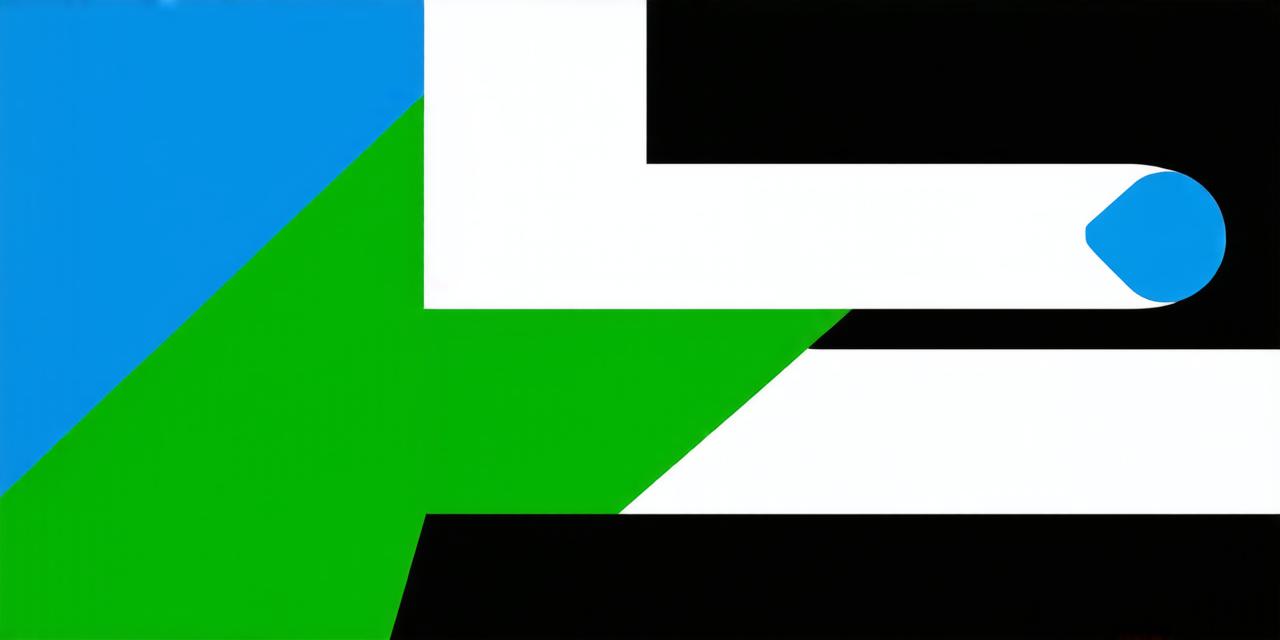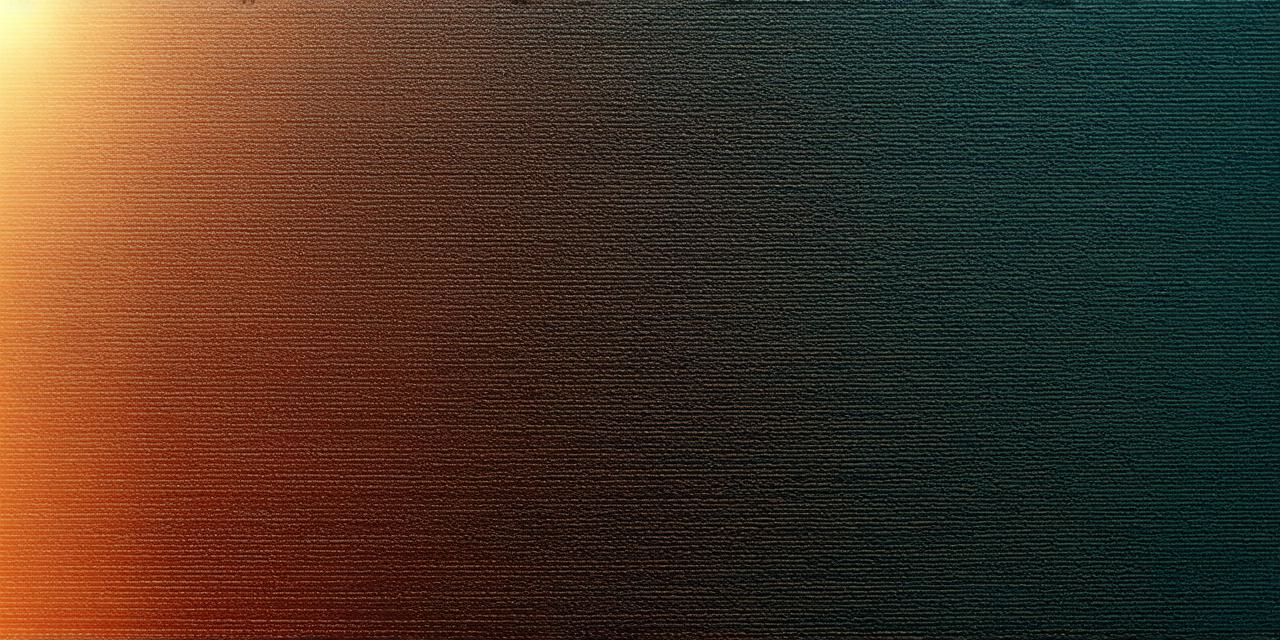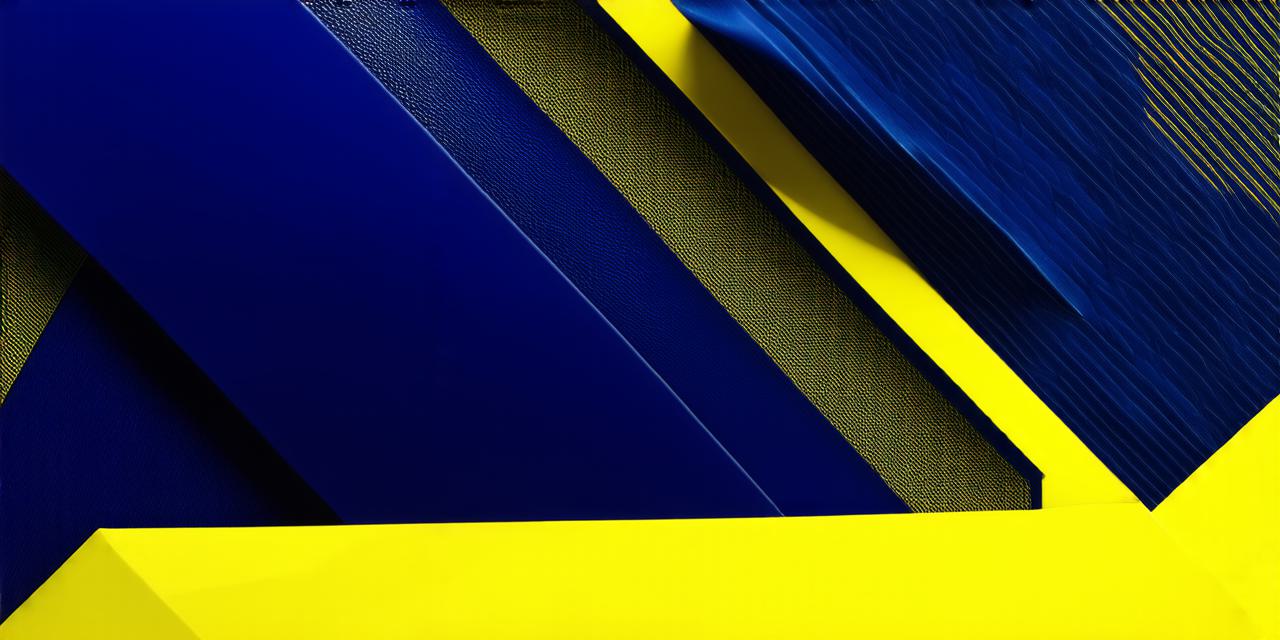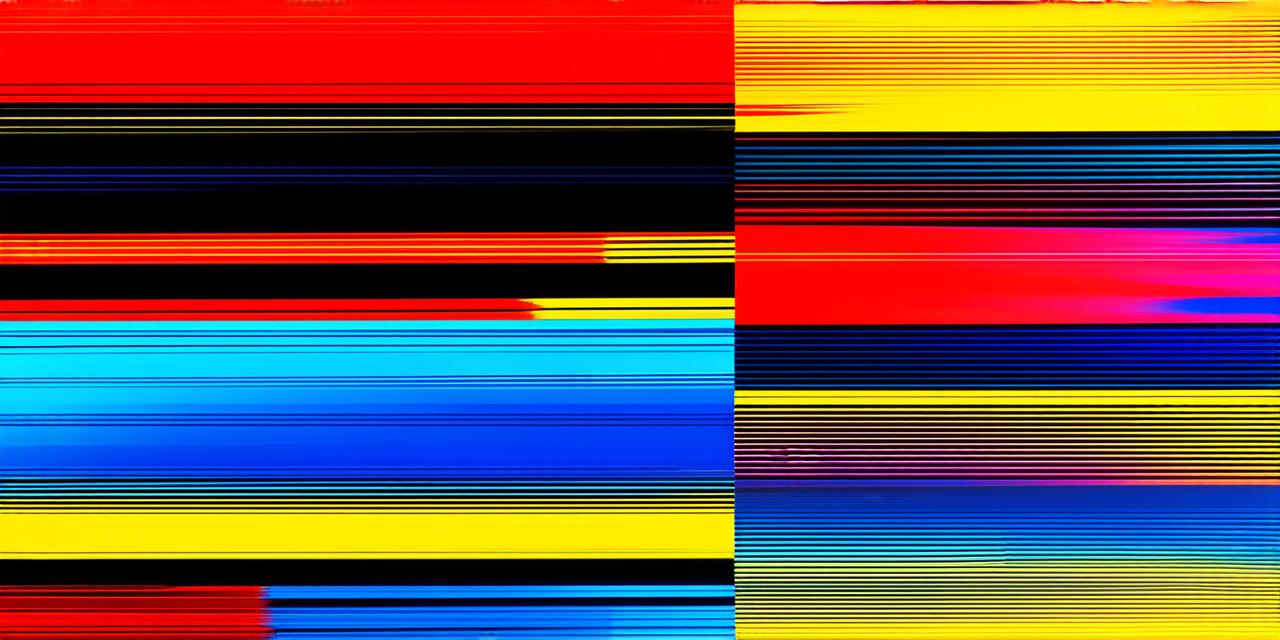As the world becomes more digital, having a strong online presence is crucial for businesses and individuals alike. And what better way to attract potential customers than through eye-catching and visually appealing images? However, optimizing your digital image design for SEO can be a daunting task if you’re not familiar with the ins and outs of it. In this guide, we’ll go over some tips and tricks on how to optimize your digital image design for SEO, so you can make sure your website or social media account is attracting the right kind of attention.
1. Use descriptive file names
One of the most important aspects of optimizing your digital image design for SEO is using descriptive file names. Your file name should be clear and concise, and include relevant keywords that will help search engines understand what your image is about. For example, instead of using a generic file name like “IMG1234.jpg,” use something more descriptive like “beach-vacation-paradise.jpg.”
2. Optimize your alt tags
Alt tags are text descriptions that accompany your images, and they’re important for SEO because they provide search engines with additional information about your images. Make sure to include relevant keywords in your alt tags to help search engines understand what your images are about. For example, if you have an image of a beach vacation, your alt tag might be “Relaxing beach vacation at a tropical paradise.”
3. Use high-quality images
Using high-quality images is crucial for optimizing your digital image design for SEO. Not only will it make your images more appealing to potential customers, but it’ll also help search engines understand what your images are about. High-quality images should be in high resolution and have a clear focus, with minimal distractions and noise.
4. Choose the right file format
Choosing the right file format is important for optimizing your digital image design for SEO. The most commonly used file formats are JPEG, PNG, and GIF. JPEG is best for photographs and graphics, PNG is ideal for images with transparency or complex designs, and GIFs are great for animations. Make sure to choose the file format that best suits your image’s needs.
5. Compress your images
Compressing your images can help improve the loading speed of your website or social media account, which is crucial for SEO. Slow loading times can lead to high bounce rates and low engagement, which can negatively impact your search engine rankings. Use tools like TinyPNG or Kraken.io to compress your images without sacrificing quality.
6. Use relevant keywords in captions and descriptions
Using relevant keywords in your image’s captions and descriptions is another important aspect of optimizing your digital image design for SEO. This helps search engines understand what your images are about and can improve the visibility of your images in search results. For example, if you have an image of a new restaurant, your caption might include keywords like “new restaurant,” “fine dining,” or “gourmet cuisine.”
7. Use social media to your advantage
Social media is a powerful tool for optimizing your digital image design for SEO. By sharing high-quality images on platforms like Instagram, Facebook, and Twitter, you can increase the visibility of your images and attract potential customers to your website or social media account. Make sure to use relevant hashtags and engage with your followers to build a strong following and increase engagement.
8. Consider using a content delivery network (CDN)

Using a CDN can help improve the loading speed of your website or social media account, which is crucial for SEO. A CDN works by caching your images on servers around the world, so they can be loaded more quickly and efficiently. Tools like Cloudflare and Akamai are popular CDN providers that can help improve the performance of your website or social media account.
In conclusion, optimizing your digital image design for SEO is a crucial aspect of building a strong online presence.



